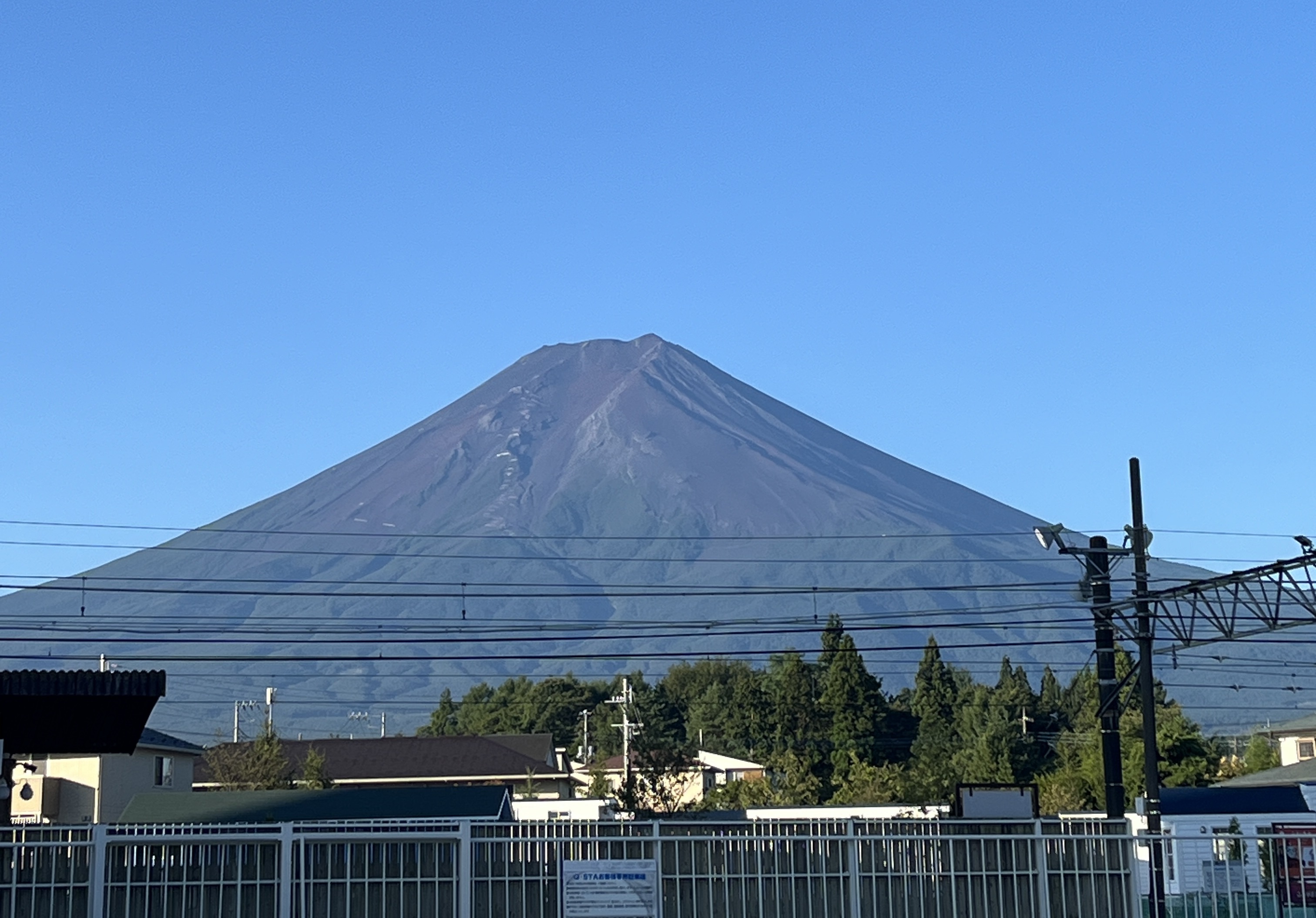Mount Fuji, Japan’s most iconic peak, stands as a symbol of the country’s natural beauty and spiritual significance. For foreign tourists visiting Japan, climbing this sacred mountain via the Yoshida Trail offers an unforgettable adventure that combines physical challenge with breathtaking views. This comprehensive guide will help you plan and execute your Mount Fuji climb successfully.
🏔️ Why Choose the Yoshida Trail?
The Yoshida Trail is the most popular route for climbing Mount Fuji, particularly for first-time climbers and international visitors. Several factors make it the ideal choice:
Accessibility: The trail is easily accessible from Tokyo, with direct bus connections from major transportation hubs. The starting point at Fuji Subaru Line 5th Station is well-connected and tourist-friendly.
Comprehensive Facilities: This route features the highest concentration of mountain huts, rest stations, and amenities. You’ll find plenty of places to rest, purchase supplies, use restrooms, and even stay overnight if needed.
Sunrise Opportunities: The Yoshida Trail is perfectly positioned for witnessing the spectacular sunrise from the summit, known as “Goraiko” in Japanese. Many climbers time their ascent to reach the top just before dawn.
Well-Maintained Path: Due to its popularity, the trail receives regular maintenance and clear marking, making navigation straightforward even for inexperienced climbers.
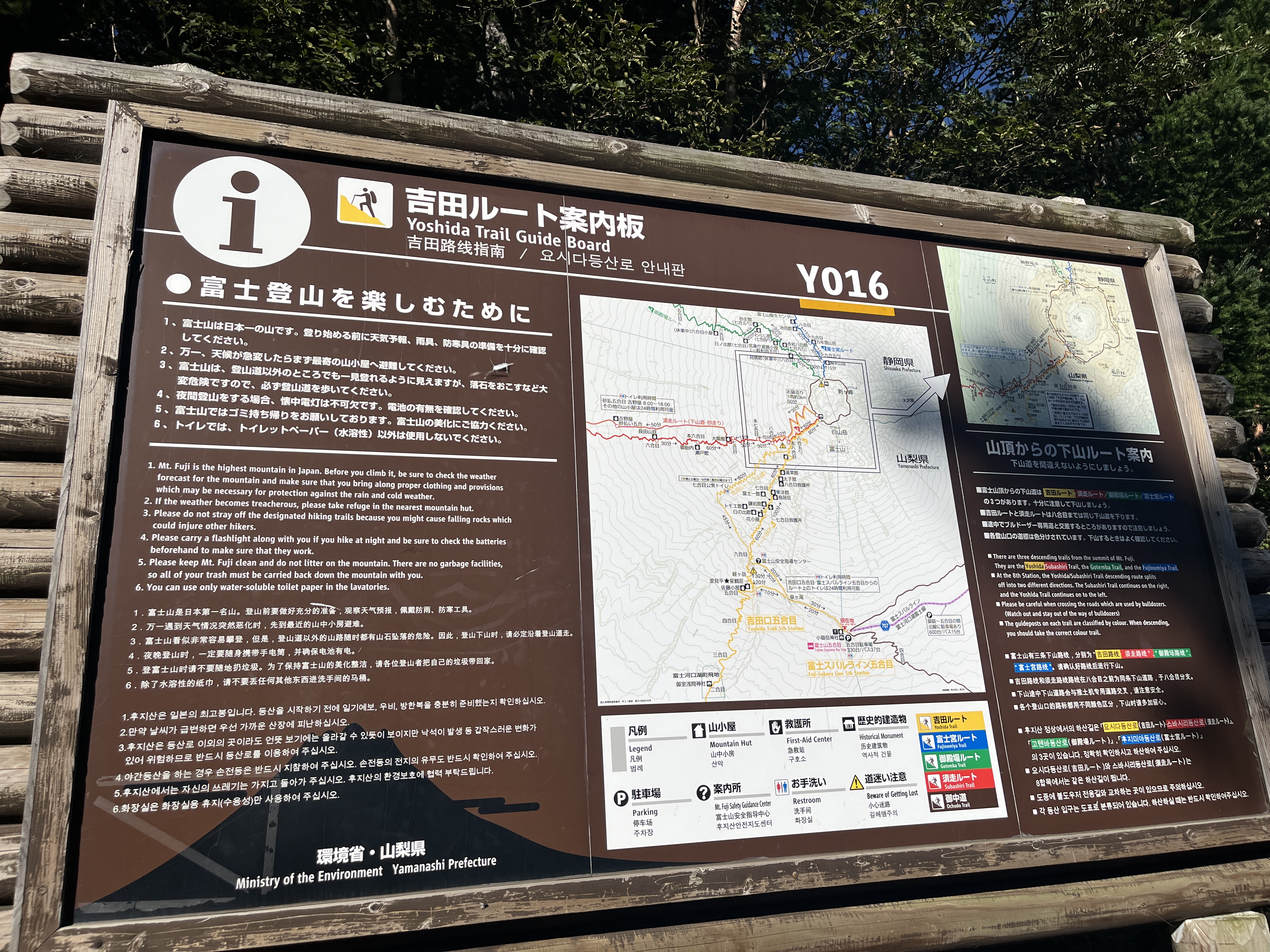
🗺️ Trail Overview and Key Information
The Yoshida Trail officially begins at the Fuji-Yoshida Sengen Shrine, but most climbers start their journey from the Fuji Subaru Line 5th Station, which sits at approximately 2,300 meters (7,546 feet) above sea level.
Trail Statistics:
- Starting elevation: 2,300 meters (5th Station)
- Summit elevation: 3,776 meters (12,389 feet)
- Total elevation gain: 1,476 meters (4,843 feet)
- Typical ascent time: 5-7 hours
- Typical descent time: 3-5 hours
- Official climbing season: Early July to early September
🚶♀️ The Climbing Experience: Stage by Stage
Stage 1: 5th Station to 6th Station (1 hour)
The journey begins with a relatively gentle ascent through forested areas. This section serves as a warm-up, allowing your body to adjust to the altitude while you enjoy the company of fellow climbers. The path is well-maintained and suitable for all fitness levels.
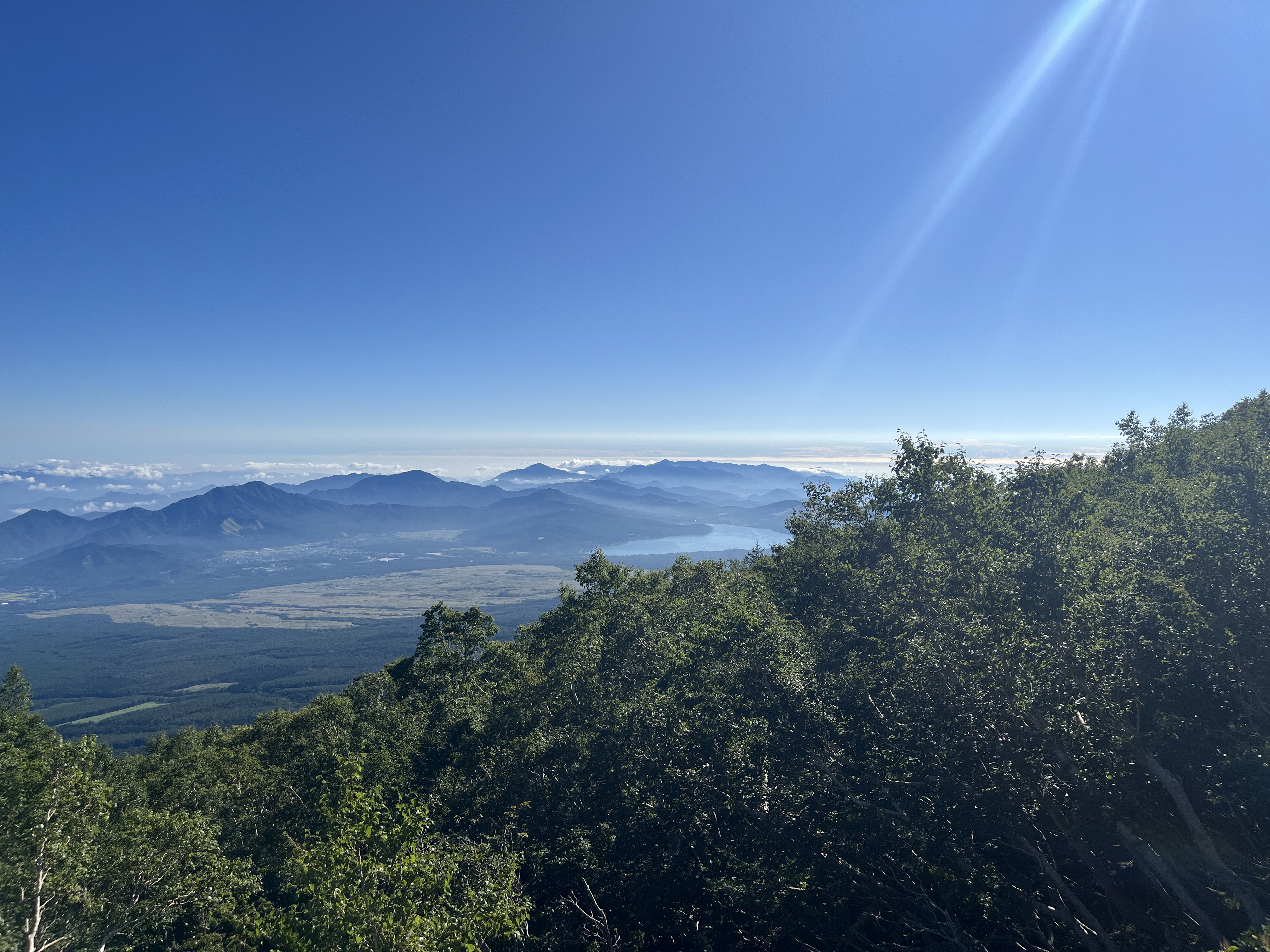
Stage 2: 6th Station to 7th Station (1 hour)
The terrain becomes more challenging as you leave the forest behind. Expect steeper inclines and rocky sections that require more careful footing. This is where you’ll begin to feel the physical demands of the climb.
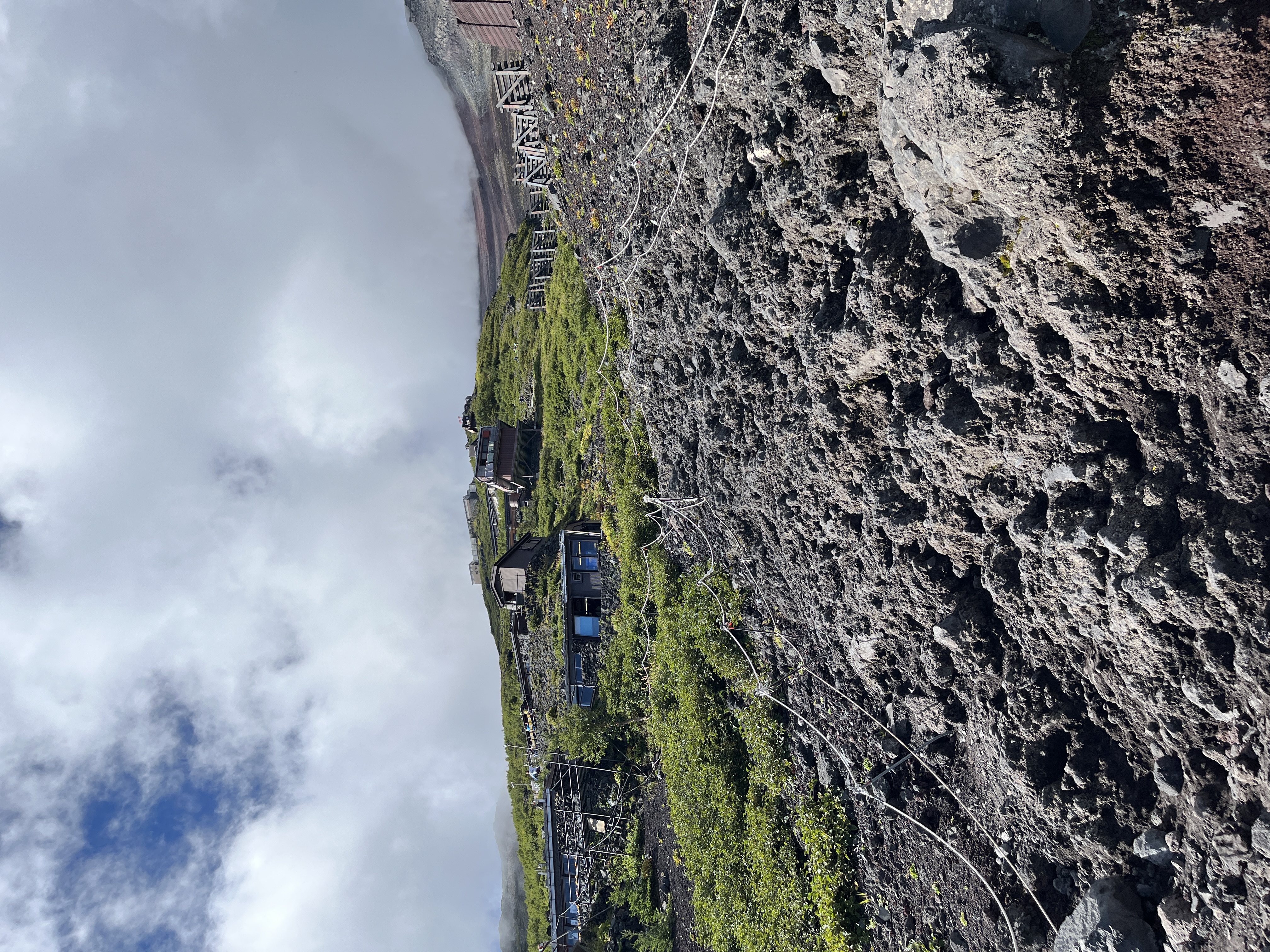
Stage 3: 7th Station to 8th Station (2-3 hours)
This section represents the most demanding part of the climb, featuring steep switchbacks and challenging rocky terrain. Mountain huts are plentiful here, offering opportunities to rest, refuel, and potentially stay overnight. Many climbers choose to spend the night at an 8th Station hut to acclimatize and ensure they reach the summit for sunrise.
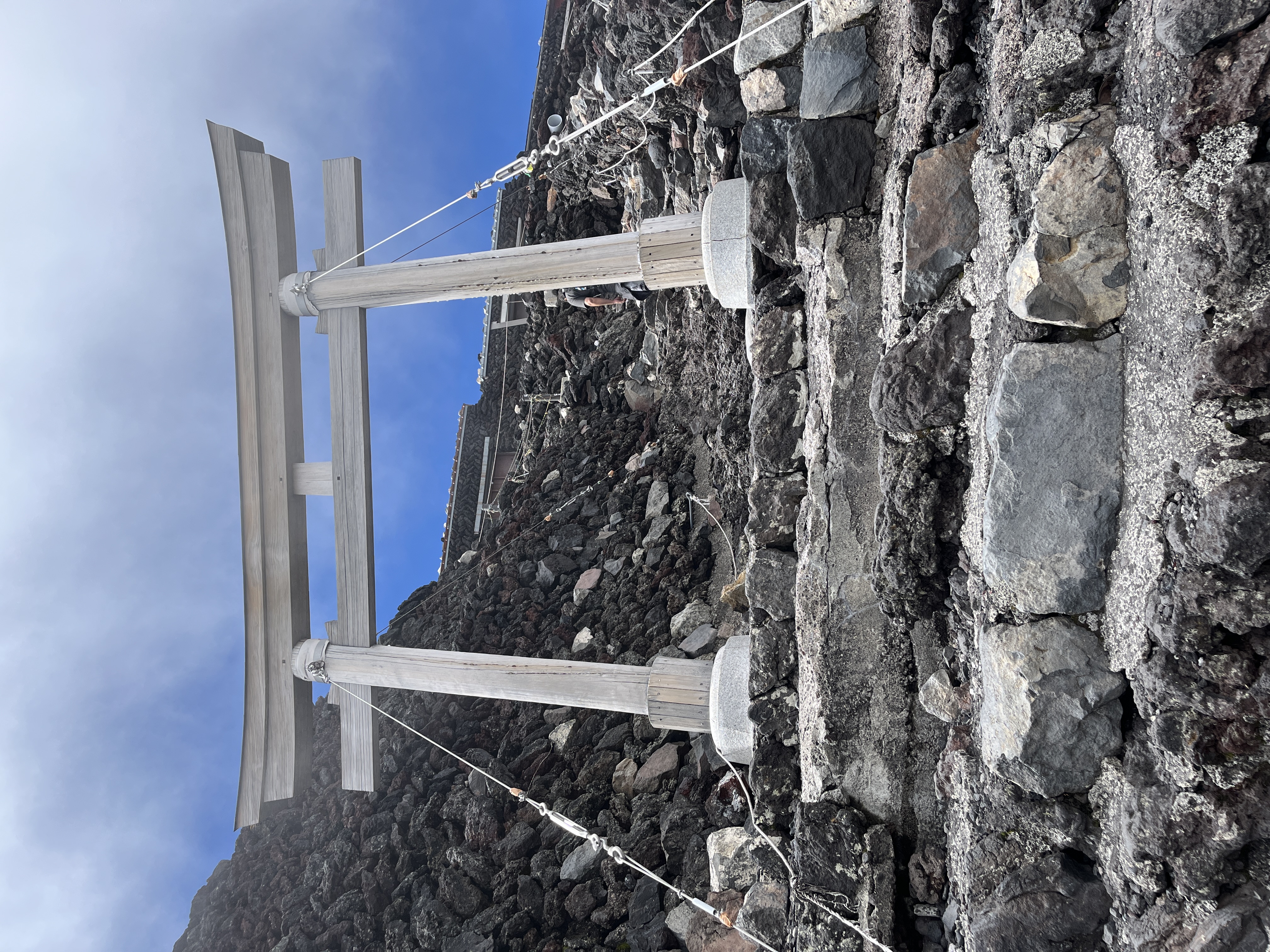
Stage 4: 8th Station to Summit (1.5-2 hours)
The final push to the summit is often completed in darkness, illuminated by headlamps. The thin air at this altitude makes every step more challenging, but the anticipation of reaching the summit and witnessing the sunrise provides motivation to continue.
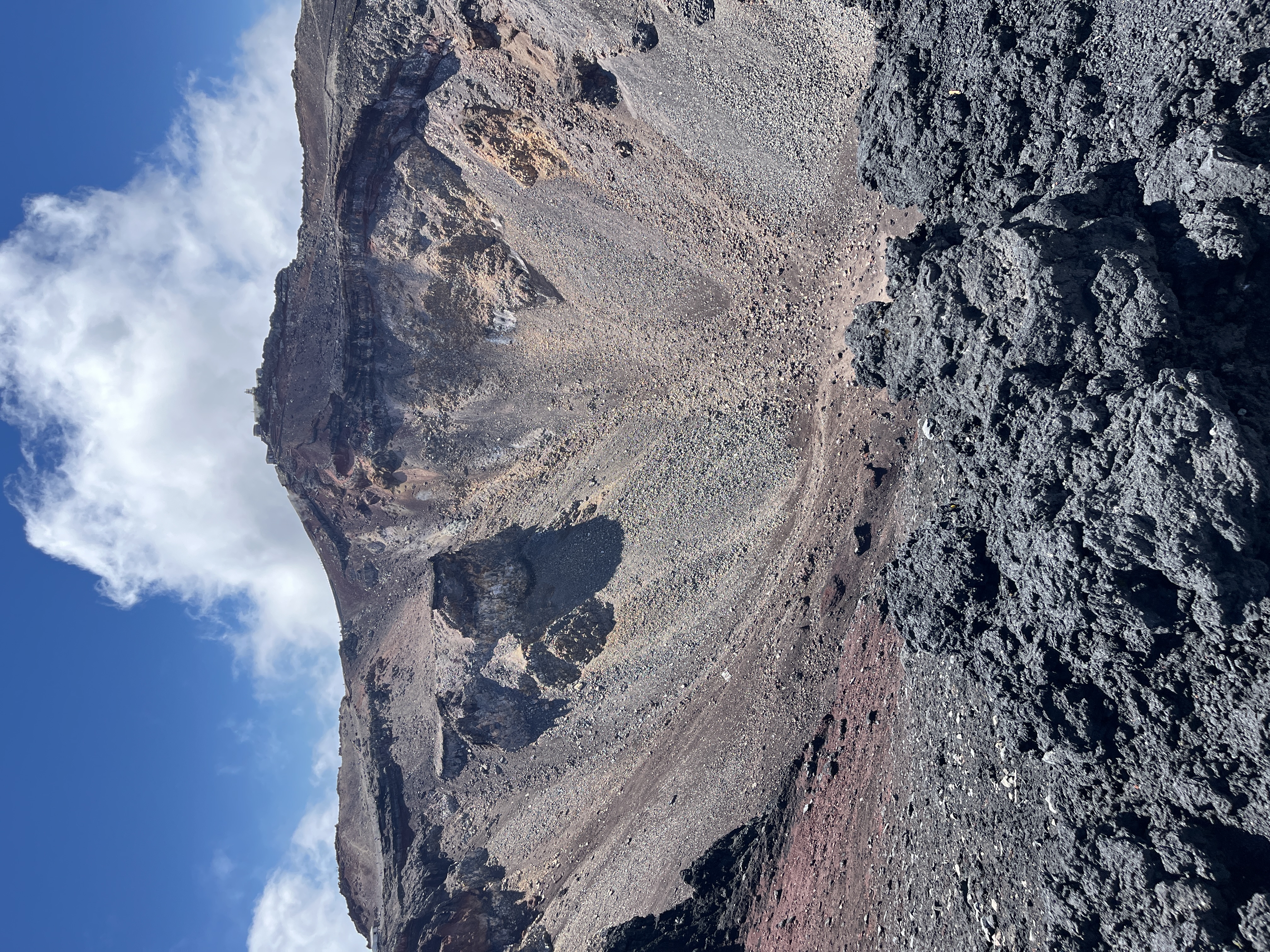
🎒 Essential Preparation and Gear
Physical Preparation
Begin training several weeks before your climb. Focus on cardiovascular fitness, leg strength, and endurance. Practice hiking with a weighted backpack to simulate the conditions you’ll face on Mount Fuji.
Essential Equipment
Clothing: Layer your clothing to accommodate changing weather conditions. Include moisture-wicking base layers, insulating mid-layers, and waterproof outer shells. Don’t forget warm gloves, a hat, and thermal socks.
Footwear: Invest in sturdy hiking boots with excellent ankle support and traction. Break them in thoroughly before your climb to avoid blisters and discomfort.
Safety Equipment: A reliable headlamp with extra batteries is essential for night climbing. Walking sticks or trekking poles provide stability and reduce strain on your knees during descent.
Hydration and Nutrition: Carry at least 2-3 liters of water, as supplies on the mountain are expensive. Pack high-energy snacks like nuts, energy bars, and chocolate to maintain your energy levels.
Additional Items
- Sunscreen and sunglasses for protection against intense UV radiation at altitude
- A small first-aid kit for minor injuries
- A camera to capture your memories
- Cash for purchases at mountain huts
- A lightweight emergency blanket
⏰ Planning Your Climb
Best Time to Climb
The official climbing season runs from early July to early September, when weather conditions are most favorable and facilities are fully operational. Climbing outside this period is dangerous due to severe weather, snow, and closed facilities.
Acclimatization
Arrive at the 5th Station several hours before beginning your climb to allow your body to adjust to the altitude. Consider spending a night at a mountain hut around the 8th Station to further acclimatize before the final push to the summit.
Booking Accommodations
If you plan to stay overnight in a mountain hut, book well in advance, especially during peak season. These accommodations fill up quickly and provide essential rest opportunities for many climbers.
🚌 Getting to Mount Fuji
From Tokyo
Direct buses operate from Shinjuku Station to the Fuji Subaru Line 5th Station during the climbing season. The journey takes approximately 2.5 hours and requires advance booking.
From Kawaguchiko
Regular bus services connect Kawaguchiko Station to the 5th Station, with a travel time of about 50 minutes. This option is convenient if you’re staying in the Fuji Five Lakes area.
From Fujisan Station
Buses also depart from Fujisan Station, providing another access point for travelers arriving via different routes.
🌟 What to Expect at the Summit
Reaching the summit of Mount Fuji is a momentous achievement that rewards climbers with spectacular 360-degree views of Japan. On clear days, you can see as far as Tokyo and the Pacific Ocean. The sunrise from the summit is particularly magical, creating a golden glow that illuminates the surrounding landscape.
The summit area features several attractions, including the weather station, post office (where you can send postcards with a special Mount Fuji postmark), and various shrines. Take time to explore these features and celebrate your accomplishment.
📋 Important Guidelines and Etiquette
Environmental Responsibility
Mount Fuji is a sacred site and UNESCO World Heritage site. Respect the mountain by staying on marked trails, carrying out all your trash, and avoiding damage to the natural environment.
Safety Considerations
Monitor weather conditions before and during your climb. Be prepared to turn back if conditions become dangerous. Altitude sickness can affect anyone, regardless of fitness level, so listen to your body and descend if you experience severe symptoms.
Cultural Respect
Be mindful of other climbers, particularly during busy periods. Many Japanese climbers undertake this journey as a spiritual experience, so maintain appropriate behavior and noise levels.
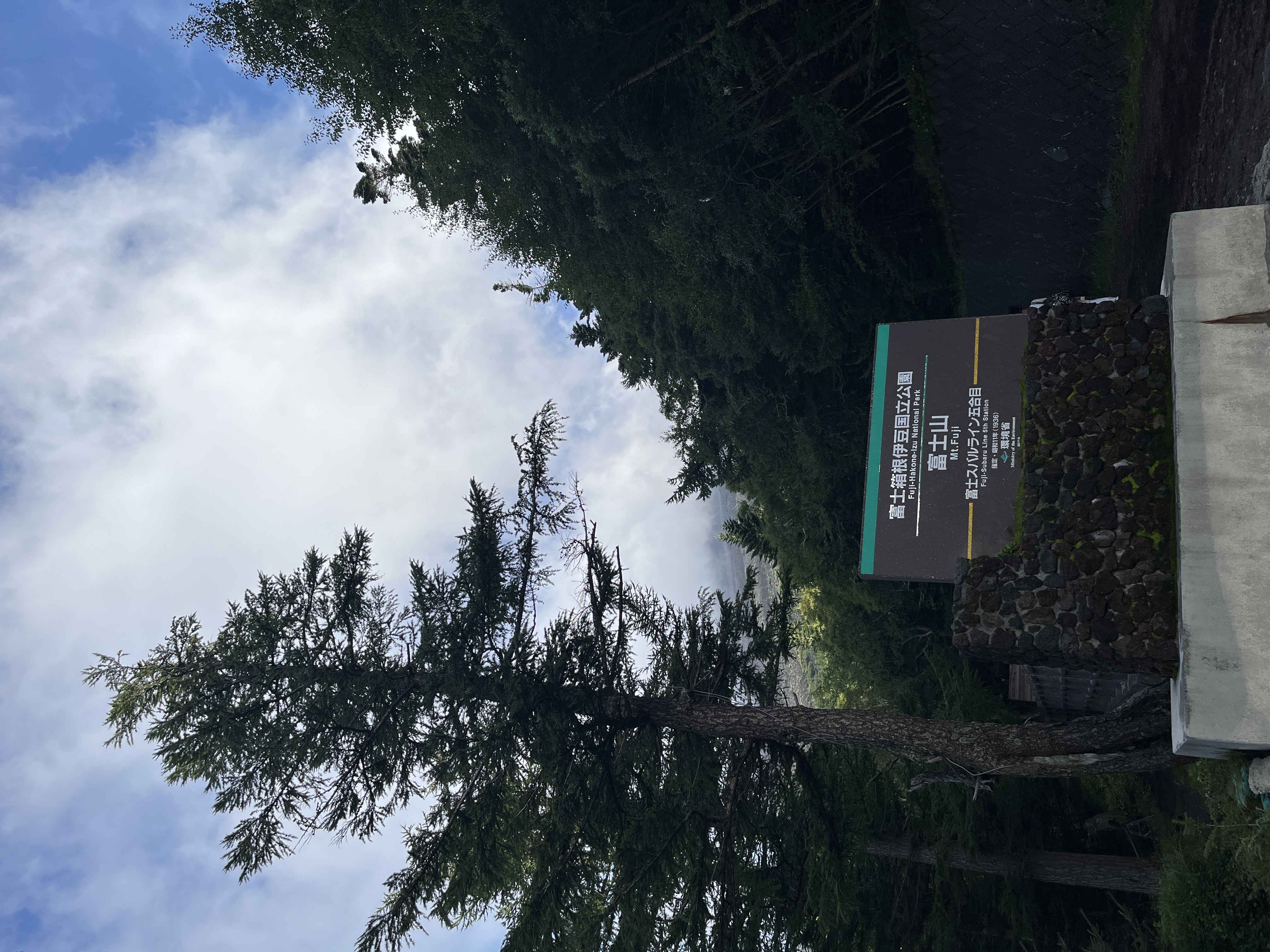
🎯 Final Tips for Success
Start your climb early to allow plenty of time for rest breaks and to reach your desired destination before sunset. Maintain a steady, sustainable pace rather than rushing, and take regular breaks to hydrate and refuel.
Remember that descending can be more challenging than ascending, particularly for your knees. Use walking sticks and take your time during the descent to avoid injury.
Most importantly, enjoy the experience. Climbing Mount Fuji is a unique opportunity to connect with Japan’s natural beauty and cultural heritage. The memories and sense of accomplishment will last a lifetime.
With proper preparation, respect for the mountain, and a positive attitude, your Mount Fuji climb via the Yoshida Trail will be an unforgettable adventure that showcases the best of Japan’s outdoor experiences.
